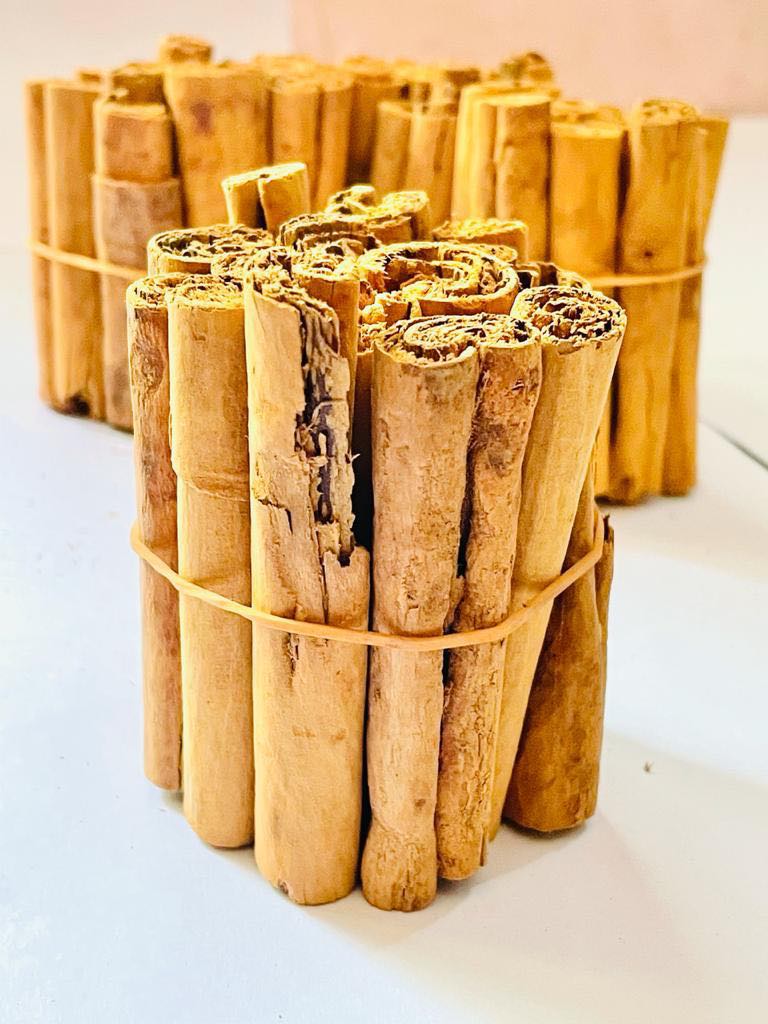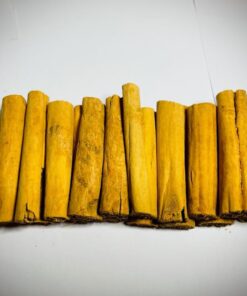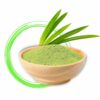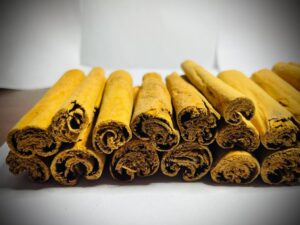Organic Ceylon cinnamon sticks, Premium Grade, Harvested from a USDA Certified Organic Farm in Sri Lanka | CeylonGift
Price range: $14.99 through $1,400.00
- WHAT IS REAL OR TRUE CEYLON CINNAMON: Most consumers are unaware that different varieties of cinnamon exist in the market and they confuse Ceylon cinnamon with commonly known cassia cinnamon; the following information can be helpful to understand the product to ensure it meets your expectations.
- CEYLON CINNAMON HAS A LOWER COUMARIN RATE COMPARED TO CASSIA: Ceylon has less than 0.004%, while cassia has around 1%. Medical researchers believe high amounts of coumarin consumption can cause health risks.
- WHY SWEETNESS AND FLAVOR VARY IN CEYLON CINNAMON: Due to the soil and weather condition of the environment, the flavor and sweetness of Ceylon cinnamon can vary from place to place within Sri Lanka. Even though sourcing only the high sweet and flavorful Ceylon cinnamon is a challenge, we use our expertise to source Ceylon cinnamon from a selected farms primarily located in the central part of the country. But even then, the flavor of Ceylon cinnamon can still be vary.
- BEST WAY OF GETTING AROMA: We recommend grinding Ceylon cinnamon before using it in a recipe for best results of flavor and aroma.



















Suzie –
Excellent , well presented & flavoursome😊